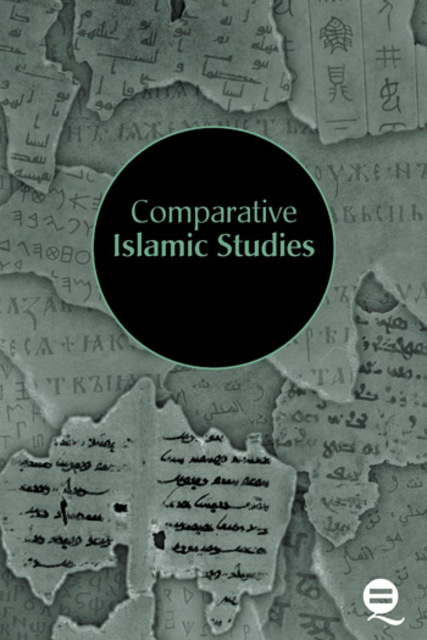The Presence of Secular Books in Raphael’s Fresco, The School of Athens

Alkholy, I. (2008). The Presence of Secular Books: In Raphael’s Fresco: The School of Athens. Comparative Islamic Studies, 2(1), 51–65
Full description
This paper studies the presence of the secular book in visual art during the Italian Renaissance. It is the age of humanism, in which the image of the book was changed to be a symbol of secular knowledge. For more than twelve centuries, the book was present in art to represent the Holy Bible. It was utilized in Early Christian, Byzantine and Medieval art to show the sacred principles and the power of the church in people’s lives. Although the Arabs began translating the classical works of Plato, Aristotle and others as early as the eighth century, their role in European Renaissance is rarely mentioned in art history sources. The paper discusses Raphael’s fresco The School of Athens that shows a great concern on humanism and education from multi-cultured sources. Raphael represents Plato, Aristotle, Socrates, Euclid, Pythagoras and Ibn Rushd, the Muslim philosopher and physician. This fresco is an official and historical gratitude to all minds, which enlightened Europe and affected civilizations.
- typeImage
- created on
- file formatjpeg
- file size79 KB
- container titleComparative Islamic Studies
- creatorInas Alkholy
- issnISSN:1743-1638 (online)
- issue2.1
- publisherEquinox Publishing Ltd.
- publisher placeSheffield, United Kingdom
- rightsEquinox Publishing Ltd.
- doi
We use cookies to analyze our traffic. Please decide if you are willing to accept cookies from our website. You can change this setting anytime in Privacy Settings.
